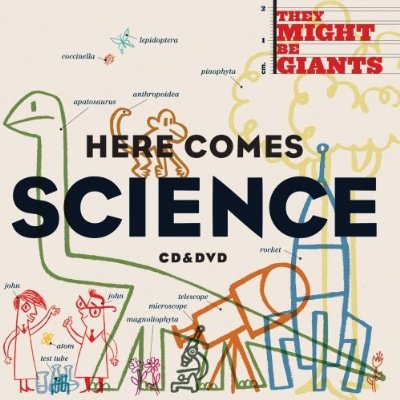I like science. I see it as a way to figure things out. It creates a combination of a) things we’re pretty sure of (facts about the shape of DNA, the optimum pH for certain plant species, and theories consistent with such facts, for example) and importantly, b) questions we can ask next. When research is designed to answer those new questions, the results will either support the things we’re pretty sure of and lead to an expanded understanding and new questions, or they won’t support what we thought we knew and the results will lead to a different understanding and new questions.

Scientists do research, but it’s only useful if others find out about it. Imagine what more Darwin might have come up with had he known about Mendel’s work on inheritance of traits. And when a researcher shares his or her research results at a meeting or in a publication (like many colleagues got to do in Portugal last week, lucky dogs), they are opening their research up to critique from others. Thoughtful critique is exciting. It may feel like an attack on the researcher, but it is usually an attack on the borders of what is known.
Stay with me, this relates to professors AND gardens.
One of my favorite papers full of criticism is about ‘Talking Trees’. This idea emerged in the early 1980’s (and given a catchy name) when research was suggesting that trees with damaged (manually torn) leaves could cause chemical responses in nearby plants. It was concluded that maybe, just maybe, one tree was acting as a beacon, sending out signals when damaged by a herbivore. Then a tree fortunate enough to receive the signal could begin to mount a defense against herbivores before being damaged itself. A paper published in 1983 (Baldwin and Schultz, Science, 221:277–279) showed evidence for this kind of communication. But then an article published in 1985 [Fowler and Lawton, American Naturalist, 126(2):181–195] called into doubt the conclusions of the 1983 paper. As the authors of the 1985 paper lay out, the statistical design and analysis of the 1983 paper was flawed. We shouldn’t trust the conclusions without more research. And one thing I really like about the new research detailed in the 1985 Fowler and Lawton paper, they clearly lay out potential shortcomings of their own work, and even consulted about these pitfalls with an author of the 1983 paper (which they thoroughly criticized!). This is where the “what questions to ask next” are generated, and the authors did some of the heaviest lifting for us there. Such discussion and disclosure helps to expand knowledge in the field, but I like it in this particular instance because it also gives a sort of narrative about thoughtful criticism in science.
So this does relate to gardening, because there is a lot more going on out there than just ‘growing’. There has been a lot of research since 1983 on inter-plant signals, and it does seem to happen in the lab, but also at close distances in nature with some plants (the sagebrush-tobacco relationship is best-studied). The research has also shown this signaling can reduce herbivore damage on undamaged plants. For brief reviews, see Dicke et al. [Trends in Plant Science, 2003, 8(9):403-405] or Baldwin et al. (Science, 2006, 311:812–815). And as an added bonus, the chemicals released by herbivore-damaged plants can attract carnivores that EAT herbivores (predatory mites and parasitoid wasps, for instance). Some of the chemicals that may be involved in these responses? Methyl jasmonate (smells like jasmine) and methyl salicylate (wintergreen oil). Your garden is doing a whole lot more than you realize just under your nose, and I haven’t even MENTIONED all the plant and invertebrate sex, or the kinky inter-kingdom pseudocopulation that might be going on out there. Plants and science are awesome.
I enjoy the energy you bring to the table! Thank you. I love learning!
And shortly after I wrote this, I read about new research with caterpillars on wild tobacco. The caterpillars can (unwittingly) cause super-fast responses in plant-derived chemicals, and these chemicals attract insects that feed on the caterpillar’s eggs.
http://www.sciencedaily.com/releases/2010/08/100826141217.htm